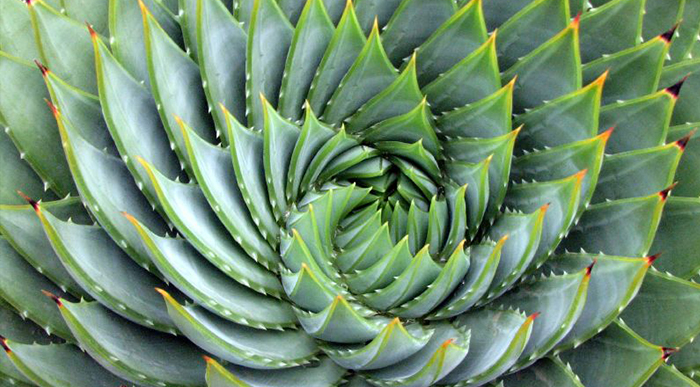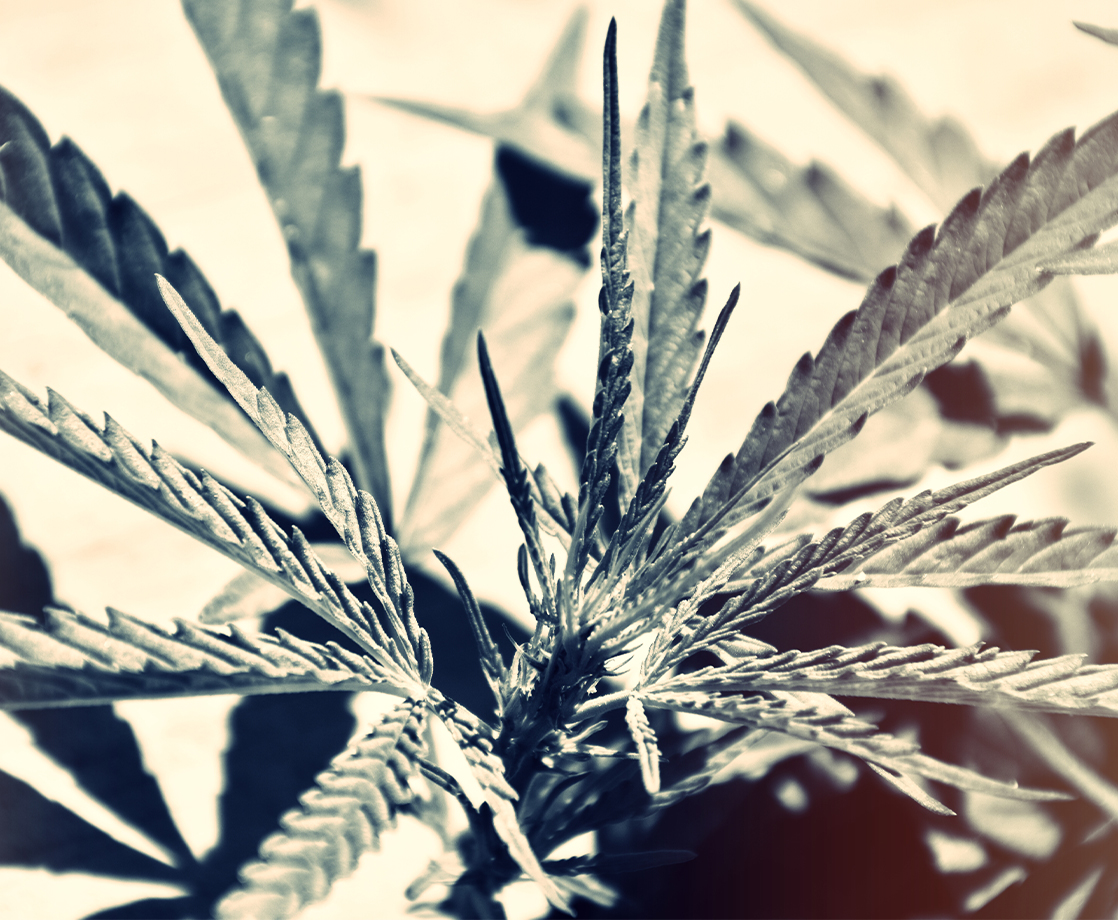From preventing cancer to decreasing anxiety to improving eyesight, the cannabis plant boasts incredible health benefits. Thankfully, due to cannabis reform, we’re beginning to unlock the mysteries of our endocannabinoid system, maximizing the potential of this potent plant medicine.
As we all know, cannabis isn’t the only plant that boasts benefits; most of the plant kingdom nourishes, heals and soothes, too. Common salad herbs like cilantro and parsley are known to remove heavy metals from the body while celery juice prevents GERD and liver disease. Herbs have been used for medicinal and spiritual purposes since the dawn of humankind, so what other wonders may be lurking in our salads, backyard gardens, and beyond?
In the everlasting quest to hip ourselves to the miracles of all things “trees,” check out these six cool botanicals that support a balanced approach to health.

Aloe vera
Aloe vera can be used both externally and internally, and its antibacterial and antioxidant properties have been enjoyed for centuries. Aloe supports cellular regeneration, digestion, and anti-inflammatory action, as well as skin moisturizing. Dubbed the “the plant of immortality” by the Egyptians, Aloe vera is known to promote anti-aging outcomes. It’s chocked full of valuable enzymes, minerals, amino acids, and vitamins like A, C, E, B12.

Schisandra
Schisandra has been called the "quintessence of Chinese tonic herbs,” for those unfamiliar. The plant was originally recorded as a superior herb in the ancient Chinese Shennong pharmacopeia between 1st and 2nd century A.D. A known adaptogen (or natural substance that stabilizes the body’s physiological processes), this special red-berried plant helps people resist stress and disease while increasing endurance and energy. Schisandra is also used to tonify the blood and normalize blood pressure, promote beautiful skin, maintain sexual energy, and boost memory.

Maca
Native to the high plateaus of the Andes Mountains in central Peru, maca is often referred to as “Nature’s Viagra” due to its ability to arouse sexual desire, stimulate blood flow, improve fertility, and correct hormone imbalance. It’s also known to ameliorate menstrual pain and menopause symptoms. A cruciferous vegetable with a bulbous downward growing root, maca is often dried and powdered into potent medicine containing many salubrious fatty acids, amino acids, vitamins, and minerals.

Basil
Basil, one of nature’s most aromatic herbs and a favorite on pasta and pizza alike, is an excellent source of iron, potassium, magnesium, vitamin C, and calcium. As a healing herb, basil is used to treat an array of maladies, like poor circulation, kidney infections, stomach spasms, intestinal gas, head colds, and loss of appetite. Others use basil to soothe insect and snake bites and women sometimes use it to boost breast milk production.

Kelp
Scholars believe kelp, or brown seaweed, first came into existence 5-20 million years ago. A rapidly-growing marine plant found in shallow, mineral-rich ocean water, kelp is known to reduce blood clots, lessen inflammation, and protect against viruses. Kelp is one of the world’s most potent sources of iodine, and the plant is also known for being high in amino acids, omega-3 fats, fiber, phytonutrients, antioxidants, vitamins, as well as magnesium, potassium, boron, iron, and calcium.

Camu camu











